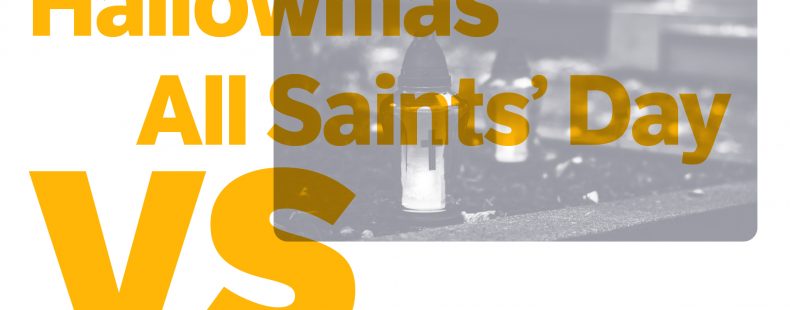Halloween is actually just the beginning of a string of otherworldly holidays. The tricks, treats, and customs of Halloween, now mostly secular, are based in part on ancient Celtic and Christian festivals.
But did you know that the Halloween customs extend past October 31? In fact, the day after Halloween is a celebrated day in many parts of the world.
What is All Saints’ Day?
November 1 is often All Saints’ Day, which is the day when all Christian saints who have reached Heaven are recognized, even those who are fairly unknown in the church. The Roman Catholic Church sometimes calls All Saints’ Day the Solemnity of All Saints. Pope Gregory III declared November 1 a holiday to celebrate the saints during his time as pope which ran from AD 731–741.
The Eastern Orthodox Church doesn’t always celebrate All Saints’ Day on November 1. They tend to observe the holiday on the first Sunday after Pentecost (which actually falls during May or June).
The first recorded use of the name All Saints’ Day is from 1570–80. Back then (and even before … read on to learn more about that), the day was celebrated by holding feasts to honor the saints. Now, Catholics attend mass to honor the holy day.
What is Hallowmas?
An older English term for All Saints’ Day is actually Allhallows or Hallowmas (shortened from the feast of Allhallowsmas, with hallow meaning “holy person; saint”).
The name Hallowmas was first found in 1375–1425 in late Middle English (Allhallows is actually recorded before the year 1000!). It specifically described the feast carried out on November 1 to honor the saints. Overtime, it became synonymous with Allhallows and started to refer to the day after Halloween itself, not just the feast.
What is All Souls’ Day?
The day after All Saints’ Day, November 2, is All Souls’ Day. This day honors the souls of all the dead, even those in purgatory. For those in purgatory, the prayers from people on Earth are said to help cleanse their souls and prepare them to move on to Heaven. Many people visit graves of passed loved ones on this day and decorate them in remembrance.
In Mexico and parts of the United States, All Saints’ Day and All Souls’ Day coincide with Día de los Muertos, or Day of the Dead. Día de los Muertos takes place over a 2-day time frame, November 1–November 2. The entire period (October 31–November 2) can also be called Allhallowtide in the English-speaking world.
To celebrate Día de los Muertos, people create offerings (ofrendas) of food and gifts for their loved ones who have passed on. They set their pictures out and spread marigolds as well so these loved ones can find them as they pass over to the living world for celebration with their families this one time each year.
WATCH: What Does "R.I.P." Stand For?
So what is the day after Halloween called?
These days, All Saints’ Day is the more common name for the day after Halloween and for the customs carried out on November 1. However, if you want to go old school and impress some friends at your Halloween party, whip out the name Hallowmas in casual conversation. Día de los Muertos is the common name in the Spanish-speaking world for the holiday where customs are carried out to reunite with loved ones who have passed over.
Need more Halloween fun facts in your life? Then, find out what “Halloween” is actually short for.












